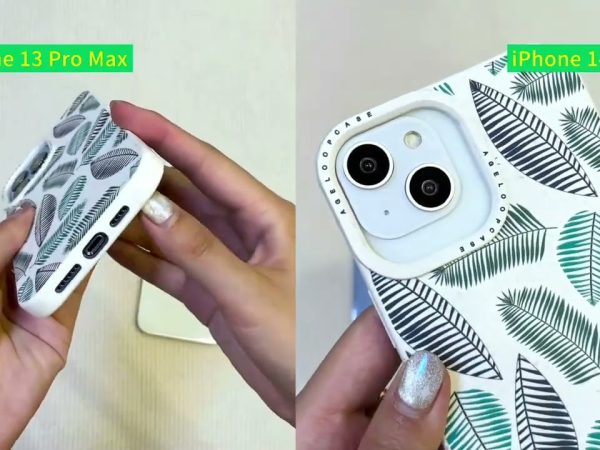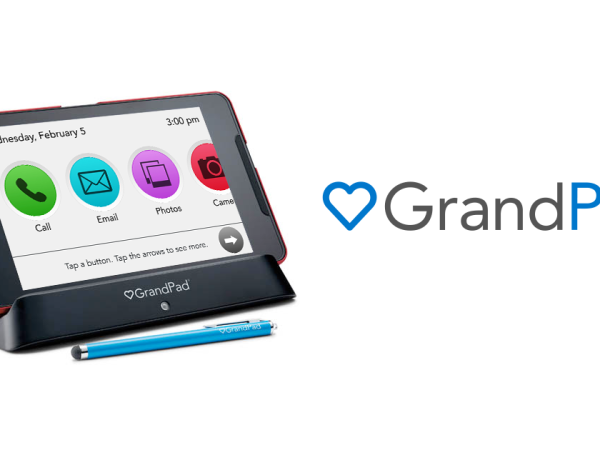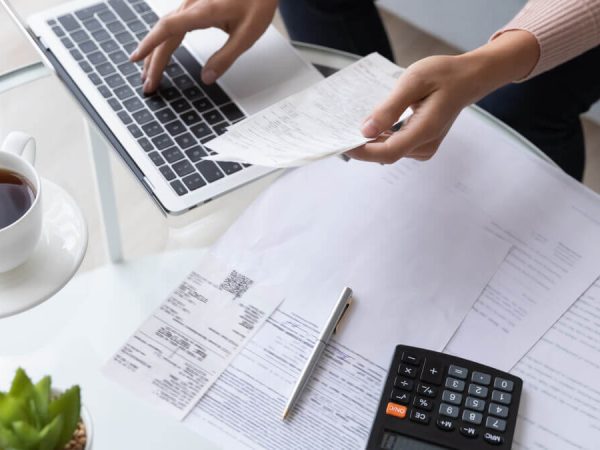How to Start Reselling: Step-by-Step Guide for Beginners

The reselling business model is gaining massive popularity as a low-risk, high-potential way to start an online business. Whether you’re flipping thrift store finds, dropshipping, or buying wholesale products, learning how to start reselling allows you to generate profits without creating your own product line.
If you’re wondering how to start reselling as a side hustle or full-time business, this guide breaks it down into simple, actionable steps.
What Is Reselling?
Reselling is the practice of purchasing goods and selling them to consumers at a profit. You can resell:
- Physical products (clothing, electronics, beauty items)
- Digital products (eBooks, software licenses)
- Services (white-labeled marketing, hosting)
You don’t need to be a manufacturer or designer—you simply become a middleman with a strategy.
Step 1: Choose Your Reselling Niche
Picking a niche helps you stand out in a crowded market and target a specific audience.
Popular Reselling Niches:
- Sneakers and streetwear
- Vintage and thrift fashion
- Electronics and gadgets
- Books and educational material
- Beauty and skincare products
- Home décor and furniture
Tip: Choose a niche based on personal interest, demand trends, and potential profit margins.
Step 2: Select a Reselling Business Model
There are several ways to approach reselling:
Common Models:
- Retail Arbitrage: Buy discounted products locally, sell them online (e.g., Amazon FBA, eBay).
- Online Arbitrage: Buy from online retailers and flip them for profit.
- Dropshipping: Sell products without holding inventory.
- Wholesale Reselling: Buy in bulk from manufacturers or suppliers.
- Private Label Reselling: Brand existing products as your own.
Each model has its own pros and cons depending on your budget, time, and goals.
Step 3: Source Your Products
You can’t resell without products, so sourcing is crucial.
Product Sourcing Options:
- Local thrift stores or clearance sales
- Online marketplaces (AliExpress, DHgate)
- Wholesale directories (SaleHoo, Worldwide Brands)
- Liquidation and surplus sites (Liquidation.com)
- Direct from brands or distributors
Pro tip: Always vet suppliers for reliability, especially if you plan to resell at scale.
Step 4: Choose Where to Sell
Your choice of platform impacts your visibility, fees, and scalability.
Best Platforms for Resellers:
- eBay – Great for collectibles and auction-based pricing
- Amazon FBA – High trust, great for bulk resellers
- Poshmark/Depop – Fashion-focused reselling
- Facebook Marketplace – Free, local, and fast
- Your own website – Full control over branding and sales
Tip: Start with one or two platforms, then scale as you grow.
Step 5: Set Up Your Business Legally
Treat your reselling like a real business from day one.
Legal Checklist:
- Register your business (LLC, Sole Proprietor, etc.)
- Get a reseller’s permit or sales tax ID (required in many states)
- Set up a business bank account
- Track income and expenses for taxes
Pro tip: A reseller’s license can help you buy products tax-free.
Step 6: Take Great Product Photos and Write Listings
Your product listing is what convinces someone to buy.
Tips for High-Converting Listings:
- Use natural lighting and multiple angles
- Show any flaws (especially for used items)
- Include keywords in your title and description
- Add dimensions, condition, brand, and shipping details
SEO-friendly titles and tags improve your product’s discoverability on marketplaces.
Step 7: Set Competitive Pricing
Reselling success often comes down to smart pricing.
Pricing Tips:
- Check completed listings on eBay or Poshmark for pricing ideas
- Factor in shipping and platform fees
- Leave room for promotions or bundling
- Use dynamic pricing tools if you’re using Amazon FBA
Undercutting too much can harm profits—value your time and inventory.
Step 8: Handle Shipping and Customer Service
Shipping and support are part of the customer experience.
Key Tips:
- Use branded packaging or thank-you notes for repeat customers
- Provide tracking information
- Respond to inquiries promptly
- Resolve issues or disputes professionally
For dropshipping, choose suppliers with fast, trackable delivery options.
Step 9: Scale Your Reselling Business
Once you’re profitable, it’s time to grow.
Growth Strategies:
- Automate inventory management with tools like Sellbrite or InventoryLab
- Invest in paid ads or influencer marketing
- Launch your own Shopify store for full control
- Expand to international markets
- Outsource shipping to a fulfillment center
Common Mistakes to Avoid When Starting Reselling
- Buying too much inventory upfront
- Ignoring platform policies (can get you banned!)
- Poor customer communication
- Not reinvesting profits
- Underpricing or overpricing products
SEO Keywords for Optimization:
To enhance organic reach, integrate these LSI and primary keywords:
- how to start reselling
- beginner reselling tips
- reselling for profit
- best products to resell online
- resell business from home
- how to make money reselling
- top reselling platforms
- reselling step by step
Conclusion
Starting a reselling business is one of the most accessible and scalable paths to entrepreneurship. With the right niche, supplier, and platform, you can go from zero to consistent income in just a few months. Focus on building trust, learning from buyer behavior, and optimizing your operations—and you’ll see long-term success.
FAQs
1. How much money do I need to start reselling?
You can start reselling with as little as $50–$100 using retail arbitrage or dropshipping models. For wholesale reselling, you may need a few hundred dollars.
2. Is reselling legal?
Yes, reselling is legal. However, some brands restrict unauthorized sales. Make sure to follow platform rules and local laws.
3. Where is the best place to resell products online?
Popular platforms include eBay, Amazon, Poshmark, Facebook Marketplace, and Etsy (for vintage items). Choose based on your niche and goals.
4. Can I make a full-time income from reselling?
Yes, many people earn a full-time living from reselling, especially once they scale operations and diversify their product lines.
5. Do I need a business license to start reselling?
It depends on your location and sales volume. A reseller’s permit may be required for tax-free purchases from suppliers.
Also read: Partnership Business Disadvantages: What You Need to Know Before You Start










